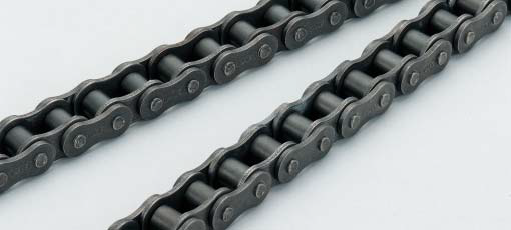This is often a chain choice method taking deterioration of power in relation to temperature into consideration. Please use proper lubricant to the temperature at which the chain should be to be employed. Seek advice from us for facts.
one. Effects of temperature within the chains
one.1 Effects of large temperature
one) Increased wear induced by decrease in hardness
two) Increased elongation caused by softening
3) Lubricant degradation, defective flexion brought about by carbonization
4) Increase in dress in and defective flexion triggered by growth of scales
two. Kilowatt ratings according to temperature
one.two Effects of very low temperature
1) Decrease in resistance to shock triggered by lower temperature brittleness.
two) Defective flexion brought about by lubrication oil coagulation.
3) Defective flexion triggered by adhesion of frost and ice.
4) Rusting caused by water-drops.
3. Chain Variety in accordance to Temperature
(Chain speed=50m/min or less)
4. Use of Stainless Steel Chains (SS, SSK) at high temperatures
Stainless steel chains (SS, SSK) is often applied as much as 400??C, but bear in mind the ambient temperature as well as the  chain temperature may possibly vary. The strength on the chain decreases because the temperature rises. Primarily at large temperatures, the larger the temperature rises, the chain will rupture by a reduced load (creep rupture).
chain temperature may possibly vary. The strength on the chain decreases because the temperature rises. Primarily at large temperatures, the larger the temperature rises, the chain will rupture by a reduced load (creep rupture).
In addition, defective flexion or defective chain revolution happens because of heat expansion. So as to avert this kind of challenges, alter the clearance concerning chains. Consult us when working with chains at 400??C or increased.
Chains can not be utilised at 700??C or higher.
